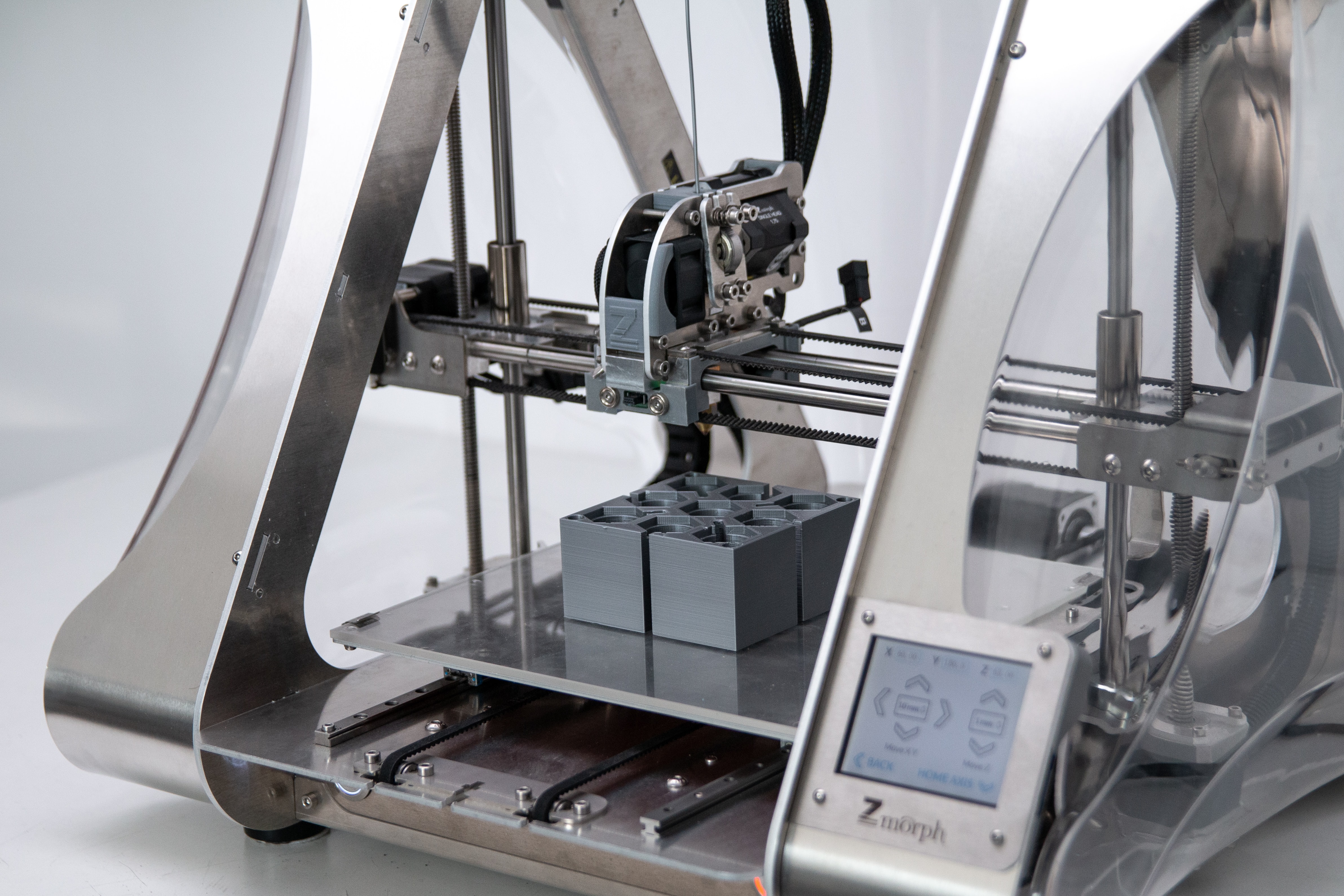Can you use 3D printing to manufacture parts and components?
3D printing developed in the 1980s, but it wasn’t until the 2010s that this manufacturing method took off and became a considered alternative to conventional subtractive machining methods. As technologies have developed, there have been numerous discussions on the benefits of 3D printing against other more traditional manufacturing methods.

We revisit this debate to help you decide if 3D printing can be suitable for the manufacture of your products.
Run forest run - small to medium runs or prototyping is optimum for 3D printing. Although the number of components needed to be machined where 3D printing becomes less effective is increasing as technology improves, traditional methods of machining such as CNC milling or moulding prevail on larger batch runs into the thousands.
Want not, waste not – Many conventional machining processes are reliant on material removal, but 3D printing as indicated by its alternative name, additive manufacturing, continually adds material until the component or part is complete. 3D printing is widely understood to produce considerably less waste during manufacture, regardless of the volume of products to be produced.
About time – The speed which a component can be manufactured by either 3D printing or subtractive machining will vary greatly on the complexity of the design. It is generally considered that for the most complex of design, 3D printing has a distinct advantage - once a file is developed and printing begins, no further attention from a machine operator is required. Subtractive machining of complex parts can be more labour intensive, require multiple processes and take a lot more time to manufacture.
Made of the right stuff - Technology hasn’t caught up yet in terms of the scope of materials that can be 3D printed – Whilst more metals can now be 3D printed, there is still a limitation to the selection of metals and plastics that can be used to produce a part. The main problem here is how the metal or plastic performs under heat. In 3D printing, the raw material needs to be heated and then turned back into a solid material without losing any of its mechanical properties. For some materials that just isn’t possible (and is certainly a good reason wood can’t be used) or this process doesn’t happen quick enough.
No tolerance for it – If accuracy is a key consideration in the manufacture of your product, 3D printing might not be the right process for you. CNC machining processes are still more suitable for precision machining where tolerance of +/- 0.01mm can be achieved. 3D printing should be a consideration if +/- 0.1 is acceptable, but it is worth keeping an eye on how technology changes, 3D printing may soon catch up.
The bigger they are… - The harder it is to find a supplier with a 3D printing machine big enough to print your part. 3D printers are restricted to the chambers within which the print. The bigger the part the bigger the 3D printer that is required, unless multiple parts are printed and then joined together after printing which can add time delays and labour costs.
It’s all about the money? - Although it may not be the main consideration, businesses will evaluate the cost of manufacture. Where markets can be so competitive, a small saving can be the difference between a contract win or loss. In the right circumstances, 3D printing can be up to 50% more cost effective than traditional processes. Full consideration of the product specifications should be considered before deciding on price alone, speaking to suppliers for their help and opinions can be a great value add at the early stages of the manufacturing process.
How we can help
So, there you have it, a brief comparison between some aspects of 3D printing and subtractive machining methods. If you are looking to subcontract production of your parts to a 3D printing or machining provider, or you’re still unsure which process would be best for you, get in touch.
Using artificial intelligence, we’ll be able to take any concept or question and match you to the most suitable suppliers to get the best solution for you. If you’re looking to price up a project and get quotes from several suppliers, we can do that quickly and easily using any technical drawings or files you provide, sharing them with suppliers who can help. Book a demo to find out more.
